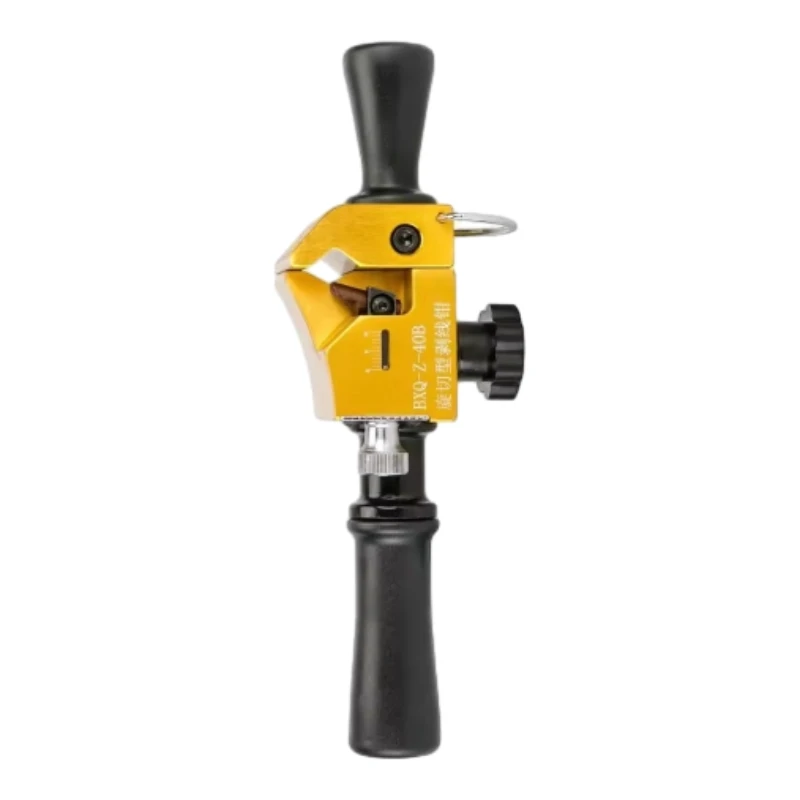
-
 Afrikaans
Afrikaans -
 Albanian
Albanian -
 Amharic
Amharic -
 Arabic
Arabic -
 Armenian
Armenian -
 Azerbaijani
Azerbaijani -
 Basque
Basque -
 Belarusian
Belarusian -
 Bengali
Bengali -
 Bosnian
Bosnian -
 Bulgarian
Bulgarian -
 Catalan
Catalan -
 Cebuano
Cebuano -
 Corsican
Corsican -
 Croatian
Croatian -
 Czech
Czech -
 Danish
Danish -
 Dutch
Dutch -
 English
English -
 Esperanto
Esperanto -
 Estonian
Estonian -
 Finnish
Finnish -
 French
French -
 Frisian
Frisian -
 Galician
Galician -
 Georgian
Georgian -
 German
German -
 Greek
Greek -
 Gujarati
Gujarati -
 Haitian Creole
Haitian Creole -
 hausa
hausa -
 hawaiian
hawaiian -
 Hebrew
Hebrew -
 Hindi
Hindi -
 Miao
Miao -
 Hungarian
Hungarian -
 Icelandic
Icelandic -
 igbo
igbo -
 Indonesian
Indonesian -
 irish
irish -
 Italian
Italian -
 Japanese
Japanese -
 Javanese
Javanese -
 Kannada
Kannada -
 kazakh
kazakh -
 Khmer
Khmer -
 Rwandese
Rwandese -
 Korean
Korean -
 Kurdish
Kurdish -
 Kyrgyz
Kyrgyz -
 Lao
Lao -
 Latin
Latin -
 Latvian
Latvian -
 Lithuanian
Lithuanian -
 Luxembourgish
Luxembourgish -
 Macedonian
Macedonian -
 Malgashi
Malgashi -
 Malay
Malay -
 Malayalam
Malayalam -
 Maltese
Maltese -
 Maori
Maori -
 Marathi
Marathi -
 Mongolian
Mongolian -
 Myanmar
Myanmar -
 Nepali
Nepali -
 Norwegian
Norwegian -
 Norwegian
Norwegian -
 Occitan
Occitan -
 Pashto
Pashto -
 Persian
Persian -
 Polish
Polish -
 Portuguese
Portuguese -
 Punjabi
Punjabi -
 Romanian
Romanian -
 Russian
Russian -
 Samoan
Samoan -
 Scottish Gaelic
Scottish Gaelic -
 Serbian
Serbian -
 Sesotho
Sesotho -
 Shona
Shona -
 Sindhi
Sindhi -
 Sinhala
Sinhala -
 Slovak
Slovak -
 Slovenian
Slovenian -
 Somali
Somali -
 Spanish
Spanish -
 Sundanese
Sundanese -
 Swahili
Swahili -
 Swedish
Swedish -
 Tagalog
Tagalog -
 Tajik
Tajik -
 Tamil
Tamil -
 Tatar
Tatar -
 Telugu
Telugu -
 Thai
Thai -
 Turkish
Turkish -
 Turkmen
Turkmen -
 Ukrainian
Ukrainian -
 Urdu
Urdu -
 Uighur
Uighur -
 Uzbek
Uzbek -
 Vietnamese
Vietnamese -
 Welsh
Welsh -
 Bantu
Bantu -
 Yiddish
Yiddish -
 Yoruba
Yoruba -
 Zulu
Zulu


Sep . 23, 2024 06:25 Back to list
1 inch ground rod
Understanding the 1% Inch Ground Rod Importance and Application
Ground rods play a crucial role in the electrical grounding system of a building. They provide a pathway for electrical faults, ensuring safety by diverting excess electrical charge into the ground. Among various types of grounding solutions, the 1% inch ground rod stands out due to its effectiveness and ease of installation.
What is a Ground Rod?
A ground rod is a metal rod that is driven into the ground to establish a connection between the electrical system of a facility and the earth. This connection is necessary for dissipating electrical surges and preventing shock hazards. The most commonly used materials for ground rods include copper and galvanized steel, each selected for its durability and conductivity.
Understanding the 1% Inch Dimension
When we refer to a 1% inch ground rod, it is important to clarify if there is a typographical error. Typically, ground rods are available in standard diameters, which may include 3/8 inch, 1/2 inch, or even larger sizes. The mention of “1% inch” could imply a specific design requirement or an alternative measurement format, but it's crucial for professionals to refer to recognized sizes to ensure compatibility with grounding systems.
Importance of Proper Ground Rod Installation
1 inch ground rod

Proper installation of a ground rod is paramount. The effectiveness of a grounding system hinges not only on the rod itself but also on how it is configured. The National Electrical Code (NEC) stipulates regulations on how ground rods should be installed, including the length and depth in which they must be driven into the ground. Standard length for ground rods varies but often measures 8 feet, as this depth generally provides adequate contact with the moisture-rich layer of earth, thereby improving conductivity.
Furthermore, placement near the electrical service panel is advisable, as it minimizes the risk of electrical shock during faults. The grounding rod must be bonded to the electrical system to ensure that any excess charge will be safely directed into the earth.
Applications of Ground Rods
1% inch (or correctly sized) ground rods are employed in a variety of settings—from residential homes to commercial buildings and industrial sites. They are particularly essential during thunderstorms or electrical surges, where the ground rod serves to protect sensitive electronics and reduce the risk of fire.
In telecommunication setups, they ensure that all equipment connected to the network is properly grounded. This is important not just for safety but also for the performance of the devices, which can be impacted by voltage fluctuations.
Conclusion
In conclusion, while the reference to a 1% inch ground rod may raise questions regarding its specification, the key takeaway is the critical role that ground rods play in electrical safety and performance. Proper understanding, measurement, and installation are essential to harnessing the full benefits of grounding systems. Whether for residential, commercial, or industrial applications, investing in quality ground rods is a fundamental step toward ensuring system reliability and safety.
Latest news
What Are Construction Tools and How Are They Used?
NewsJul.11,2025
Professional-Grade Duct Rodding Tools for Superior Cable Installation
NewsJul.11,2025
Enhancing Safety and Efficiency with Modern Hot Stick Solutions
NewsJul.11,2025
Empowering Cable Installation with Advanced Rodder Solutions
NewsJul.11,2025
Elevate Your Cable Installation Projects with Cable Pulling Tools
NewsJul.11,2025
Efficient Cable Handling Solutions: Cable Rollers for Sale
NewsJul.11,2025











